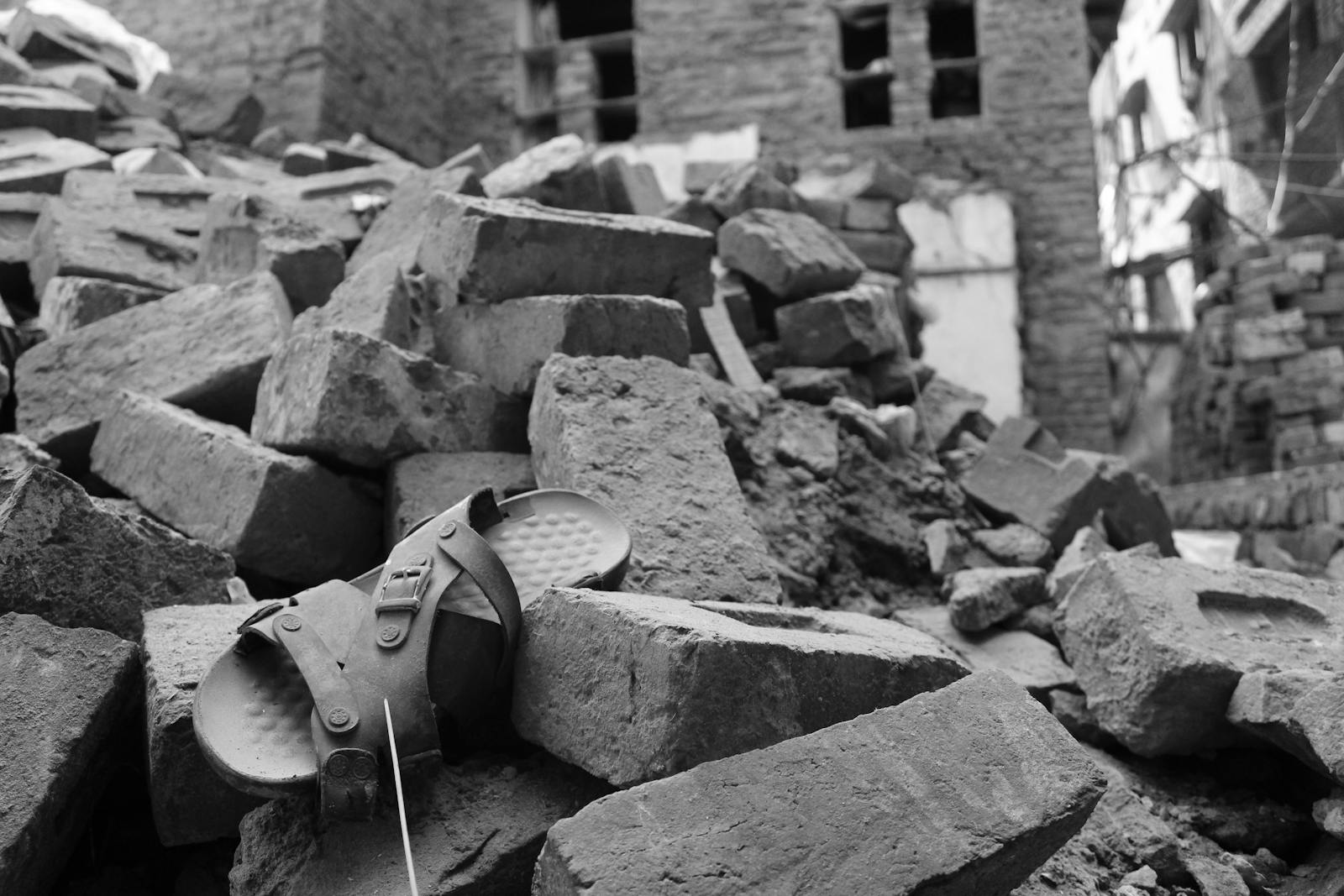Japan is one of the most earthquake-prone countries in the world, experiencing thousands of earthquakes each year, both small and large. The country’s frequent seismic activity has shaped its history, infrastructure, and culture. Japan’s vulnerability to earthquakes is not a coincidence but a direct result of its geographical location and its position in a region of the Earth that is highly tectonically active. Understanding why Japan experiences so many earthquakes requires a look at the tectonic plates, fault lines, and geological processes that influence the country.
This article explores the key reasons why Japan is so prone to earthquakes, delving into the science of plate tectonics, the specific location of Japan on the globe, and how these factors come together to make the country one of the most seismically active regions in the world.
1. Location on the Pacific Ring of Fire
One of the main reasons Japan experiences so many earthquakes is its position along the Pacific Ring of Fire, a horseshoe-shaped region in the Pacific Ocean where the Earth’s tectonic plates meet. The Pacific Ring of Fire is home to about 75% of the world’s active volcanoes and is responsible for about 90% of the world’s earthquakes.
This area is a zone of intense seismic activity because it is where many of the Earth’s tectonic plates collide, pull apart, and slide past each other, resulting in frequent earthquakes, volcanic eruptions, and other geologic activity. Japan sits at the convergence of several major tectonic plates, which makes it particularly vulnerable to seismic activity. The constant movement of these plates generates frequent tremors, ranging from minor shakes to devastating earthquakes.
2. Tectonic Plates Around Japan
Japan’s frequent earthquakes are caused by the interaction of four major tectonic plates: the Pacific Plate, the Philippine Sea Plate, the Eurasian Plate, and the North American Plate. These plates are constantly moving, and their interactions create significant seismic activity.
a. Pacific Plate
The Pacific Plate is one of the largest tectonic plates and is constantly moving westward, under Japan’s eastern coastline. This plate is responsible for a large portion of the earthquakes and volcanic activity in Japan. As the Pacific Plate moves, it is subducted (or pulled under) the North American Plate and Eurasian Plate near Japan. This subduction zone is where much of Japan’s seismic activity originates.
b. Philippine Sea Plate
To the south of Japan, the Philippine Sea Plate interacts with the Eurasian Plate. The Philippine Sea Plate is also being subducted under the Eurasian Plate, contributing to the seismic activity in southern Japan, including earthquakes and volcanic eruptions in the region.
c. Eurasian Plate
The Eurasian Plate makes up much of Japan’s western landmass and is involved in the complex interactions with both the Pacific and Philippine Sea Plates. The collisions and subductions between the Eurasian Plate and the other plates create significant tectonic stress, which is released in the form of earthquakes.
d. North American Plate
Interestingly, part of northern Japan, including Hokkaido, lies on the North American Plate. This plate also interacts with the Pacific Plate, contributing to seismic activity in northern Japan.
The intersection of these four plates creates an incredibly active seismic zone, with multiple fault lines running throughout Japan. The constant movement and interaction of these plates are responsible for Japan’s high frequency of earthquakes.
3. Subduction Zones
A subduction zone is an area where one tectonic plate is being forced beneath another plate into the Earth’s mantle. These zones are notorious for generating large and frequent earthquakes, as the immense pressure created by the plates grinding against each other is eventually released in the form of seismic energy. Japan is home to several subduction zones, which are responsible for the country’s frequent and often powerful earthquakes.
a. Japan Trench Subduction Zone
The Japan Trench is a subduction zone off the east coast of Japan, where the Pacific Plate is being subducted beneath the North American Plate. This area is one of the most seismically active zones in the world and is responsible for some of Japan’s largest earthquakes, including the Great East Japan Earthquake of 2011, which caused widespread devastation and triggered a massive tsunami.
b. Nankai Trough Subduction Zone
The Nankai Trough, located south of Japan, is another subduction zone where the Philippine Sea Plate is being forced under the Eurasian Plate. This area is known for producing powerful earthquakes, including the feared Nankai megathrust earthquake, which has occurred multiple times in Japan’s history and is expected to strike again.
These subduction zones create immense pressure along the fault lines, and when the plates suddenly shift, it results in a megathrust earthquake—a particularly powerful type of earthquake that can lead to tsunamis and significant ground shaking.
4. Frequent Plate Movements
The tectonic plates around Japan are constantly in motion, moving a few centimeters each year. Over time, this movement causes stress to build up along fault lines. When the stress becomes too great, the plates suddenly shift, releasing seismic energy in the form of an earthquake.
The fact that Japan is located at the intersection of multiple tectonic plates means that these shifts are frequent. While many of the earthquakes in Japan are small and go unnoticed, the country also experiences larger, more destructive quakes with regularity.
Additionally, the movement of the plates beneath Japan is not uniform. The Pacific Plate, for example, is moving westward at a rate of about 9 centimeters per year, while the Philippine Sea Plate is moving at about 4 centimeters per year. This uneven movement further increases the likelihood of earthquakes, as stress accumulates in areas where the plates are stuck and then releases suddenly.
5. Active Fault Lines
Japan is crisscrossed by numerous active fault lines, which are fractures in the Earth’s crust where tectonic plates or rock masses have shifted. Earthquakes occur along these fault lines when stress builds up and is released. Some of Japan’s major fault lines include:
- The Median Tectonic Line (MTL), which runs through Honshu, Japan’s largest island.
- The Itoigawa-Shizuoka Tectonic Line, which is another significant fault line that runs across central Japan.
- The Fossa Magna, a large fault zone that separates western Japan from eastern Japan.
The existence of these fault lines increases the frequency of earthquakes, as movement along any of these lines can trigger seismic activity.
6. Volcanic Activity
Japan is also home to many active volcanoes, with about 110 active volcanoes spread across the country. These volcanoes are part of the Ring of Fire, a region where volcanic activity is closely linked to seismic activity. The presence of so many volcanoes in Japan further adds to the country’s seismic instability.
When magma moves beneath the Earth’s crust, it can cause volcanic earthquakes, which are related to the movement of molten rock. Japan’s Aso Volcano, Mount Fuji, and Sakurajima are some of the most well-known volcanoes that are closely monitored for both eruptions and related earthquakes.
7. Megathrust Earthquakes and Tsunamis
One of the reasons Japan’s earthquakes are often particularly dangerous is the risk of megathrust earthquakes, which occur in subduction zones when one tectonic plate is thrust over another. These earthquakes are some of the most powerful in the world and can generate tsunamis, as seen in the 2011 Tohoku earthquake and tsunami.
The 2011 earthquake, which had a magnitude of 9.0, was one of the most powerful ever recorded. It occurred off the northeastern coast of Japan in the Japan Trench subduction zone. The quake triggered a massive tsunami that devastated coastal communities and caused the Fukushima nuclear disaster.
Due to its location near several subduction zones, Japan is particularly vulnerable to megathrust earthquakes and tsunamis. Coastal areas of Japan are well-prepared for tsunamis, with early warning systems, evacuation plans, and tsunami barriers in place, but the risk remains high.
8. Preparedness and Seismic Building Codes
Japan has learned to live with its frequent earthquakes and has developed some of the most advanced earthquake preparedness measures in the world. The country has strict building codes that require structures to be built to withstand earthquakes, and there are early warning systems in place that can provide valuable seconds of warning before a major earthquake strikes.
While these preparedness measures cannot prevent earthquakes from happening, they help minimize the damage and loss of life during seismic events.
Conclusion
Japan’s high frequency of earthquakes is a result of its location along the Pacific Ring of Fire and its position at the convergence of multiple tectonic plates, including the Pacific, Philippine Sea, Eurasian, and North American Plates. The country sits atop several subduction zones, where plates are constantly moving and grinding against each other, generating seismic activity. Japan’s numerous fault lines, volcanic activity, and exposure to megathrust earthquakes further contribute to its vulnerability to frequent earthquakes.
Although Japan experiences more earthquakes than many other countries, its advanced preparedness measures, including
earthquake-resistant infrastructure and early warning systems, have helped mitigate the risks associated with these natural disasters. Despite this, the country remains one of the most seismically active regions in the world, and understanding the underlying causes of its frequent earthquakes is key to maintaining its resilience in the face of ongoing seismic activity.




